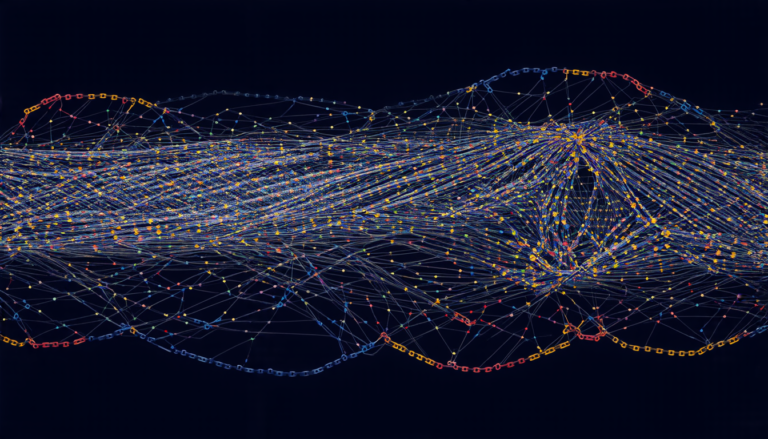Tuesday 26 August 2025
The latest release of Cloudy, a software used by astronomers to study the behavior of gases in space, has brought significant advancements to the field. The program, which simulates the interactions between different types of gas and particles in various environments, has been improved to provide more accurate results.
One of the key enhancements is the ability to accurately model the Lyman-alpha line, a crucial aspect of understanding the behavior of hot, ionized gases found in many astronomical objects such as stars and galaxies. This improvement will allow scientists to better understand the properties of these objects and how they interact with their surroundings.
Another significant update is the inclusion of new molecular species, including silicon-bearing molecules and titanium-related reactions. These additions will enable researchers to study the complex chemistry involved in the formation of planets and other celestial bodies more effectively.
The Cloudy team has also improved the program’s inner-shell ionization line energies, which are critical for understanding the behavior of X-ray binaries, a type of binary star system that emits intense radiation. This update will allow scientists to better understand these systems and their role in the universe.
In addition to these significant updates, the developers have also expanded the program’s molecular network, allowing it to model more complex chemical reactions and interactions. This will enable researchers to study a broader range of phenomena, from the formation of planets and stars to the behavior of black holes and neutron stars.
The advancements made in Cloudy are significant because they will allow scientists to gain a deeper understanding of the universe and its many mysteries. By better modeling the behavior of gases and particles in space, researchers can uncover new insights into the formation and evolution of celestial objects, as well as the properties of dark matter and dark energy.
The improvements to Cloudy also have practical applications for astronomers. For example, the updated software will enable scientists to analyze data from upcoming missions more effectively, such as the XRISM X-ray space telescope and the Roman Space Telescope. These missions promise to reveal new secrets about the universe, and Cloudy is poised to play a key role in unlocking their discoveries.
In short, the latest release of Cloudy represents a major step forward for astronomers seeking to understand the behavior of gases and particles in space. The program’s improved capabilities will enable researchers to make new breakthroughs and uncover previously hidden secrets about the universe.
Cite this article: “Cloudy 2023: Advancements in Astrophysical Modeling”, The Science Archive, 2025.
Astronomy, Cloudy Software, Gas Behavior, Space, Simulations, Lyman-Alpha Line, Molecular Species, X-Ray Binaries, Celestial Bodies, Dark Matter.







